Machining części turbiny is one of the important process steps in manufacturing equipment such as turbines and turbochargers. Turbine parts are usually made of high-temperature alloys or other special metals to withstand working conditions in high temperature and high pressure environments. The process of machining turbine parts requires highly sophisticated equipment and processes to ensure the accuracy, quality and performance of the parts.

Composition: Nickel (57%), Chromium (16%), Molybdenum (16%), Iron (5%), Tungsten (4%)
Features: Excellent resistance to pitting, crevice corrosion and stress corrosion cracking, especially suitable for harsh chemical environments.
Applications: Chemical equipment, pollution control equipment, pulp and paper industry, industrial wastewater treatment equipment.
Composition: Nickel (56%), Chromium (22%), Molybdenum (13%), Iron (3%), Tungsten (3%)
Features: Excellent corrosion resistance, especially in oxidizing and reducing acid media.
Applications: Reactors, heat exchangers, pumps and valves in the chemical and pharmaceutical industries.
Composition: Nickel (65%), Molybdenum (28%), Iron (2%), Chromium (1.5%)
Features: Highly resistant to non-oxidizing acids such as hydrochloric acid, sulfuric acid, phosphoric acid, etc.
Applications: Chemical equipment in acidic environments, such as reactors, evaporators and distillation equipment.
Composition: Nickel (47%), Chromium (22%), Iron (18%), Molybdenum (9%), Tungsten (0.6%)
Features: Excellent strength and oxidation resistance at high temperatures, suitable for high temperature atmosphere and combustion environment.
Applications: Aircraft engines, gas turbines, industrial furnaces and high temperature pipelines.
Composition: Nickel (58%), Chromium (33%), Molybdenum (8%), Tungsten (2%)
Features: Excellent corrosion resistance to phosphoric acid and other strong oxidizing acids.
Applications: Wet phosphoric acid production equipment and equipment in high temperature acidic environment.
Composition: Nickel (59%), Chromium (23%), Molybdenum (16%), Copper (1.6%)
Features: Strong versatility, suitable for a variety of corrosive media.
Applications: Various equipment in chemical, petrochemical and pharmaceutical industries.
Corrosion resistance: Hastelloy alloy exhibits extremely high corrosion resistance in many corrosive media, especially its tolerance to oxidizing acid, reducing acid and chloride media.
High temperature strength: It maintains good mechanical properties and structural stability in high temperature environments, and is suitable for high temperature atmospheres and combustion environments.
Oxidation resistance and carburization resistance: It has good oxidation resistance and carburization resistance in high temperature oxidizing environments and carbon-containing atmospheres.
Przetwarzalność: Despite its high strength and hardness, Hastelloy alloy still has good processability and can be manufactured and processed by various processes.
Used to manufacture parts with complex shapes and large sizes. Forging: Improve the internal structure and strength of the material, suitable for high-stress parts.
Improve the internal structure and strength of the material, suitable for high-stress parts.
Precisely process and trim parts to ensure dimensional accuracy and surface finish.
Hastelloy alloy can be connected by a variety of welding methods, but it is necessary to control the welding heat input and welding process parameters to avoid welding defects.
The mechanical properties and corrosion resistance of Hastelloy alloy can be optimized through appropriate heat treatment processes.
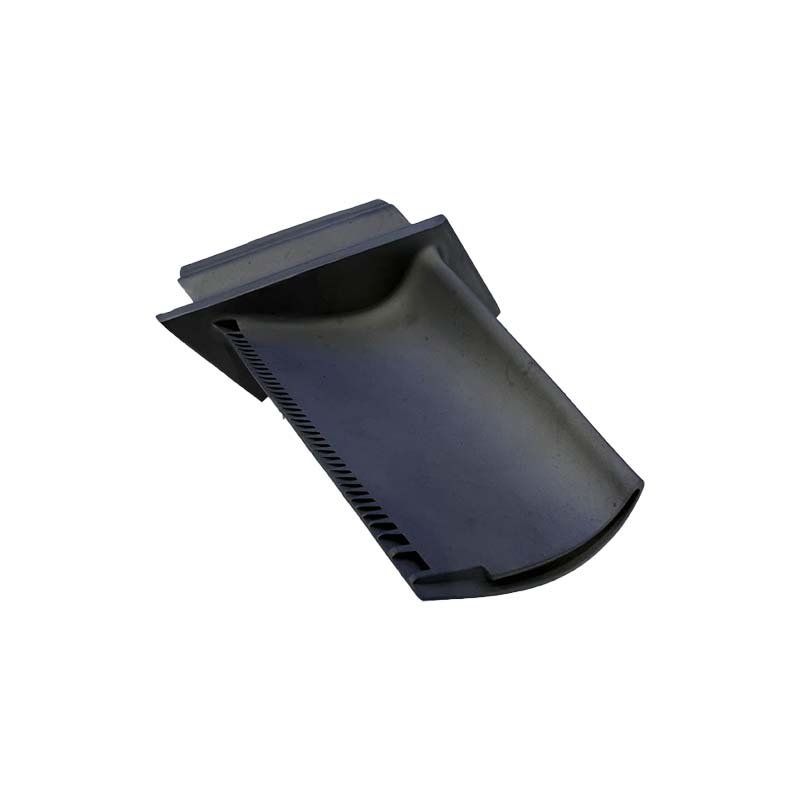

Łopatki turbiny wykonane z odlewu równobieżnego są szeroko stosowane w silnikach lotniczych i turbinach gazowych. Łopatki te charakteryzują się dobrą wytrzymałością na wysokie temperatury i odpornością na korozję, dzięki czemu nadają się do części turbin pracujących w wysokich temperaturach i pod wysokim ciśnieniem.
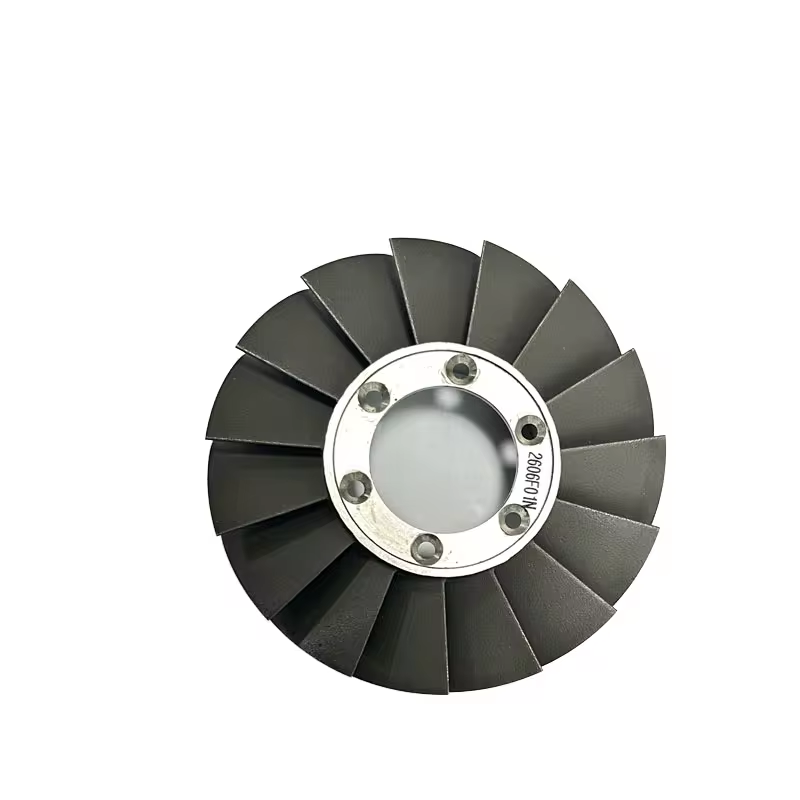

Dyski turbiny są ważnymi komponentami, które wspierają łopatki turbin i przenoszą moc. Równoosiowy proces odlewania może produkować tarcze turbinowe o dobrych właściwościach mechanicznych i trwałości, które są odpowiednie dla różnych urządzeń turbinowych.
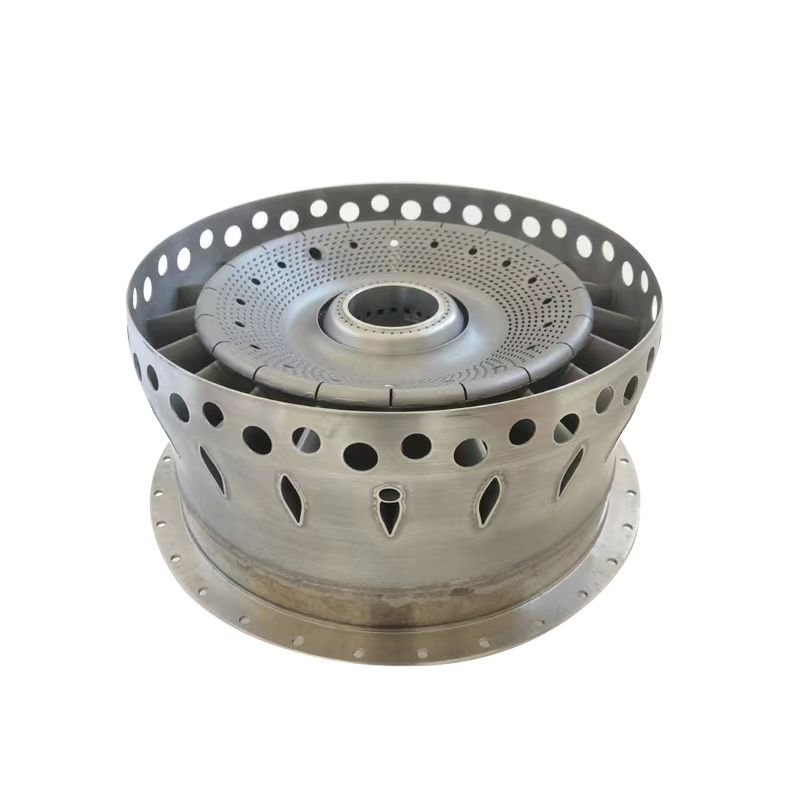

Wykładziny komór spalania muszą pracować w środowisku o wysokiej temperaturze i wysokim ciśnieniu. Równoosiowy proces odlewania pozwala produkować wykładziny odporne na utlenianie w wysokich temperaturach i korozję.
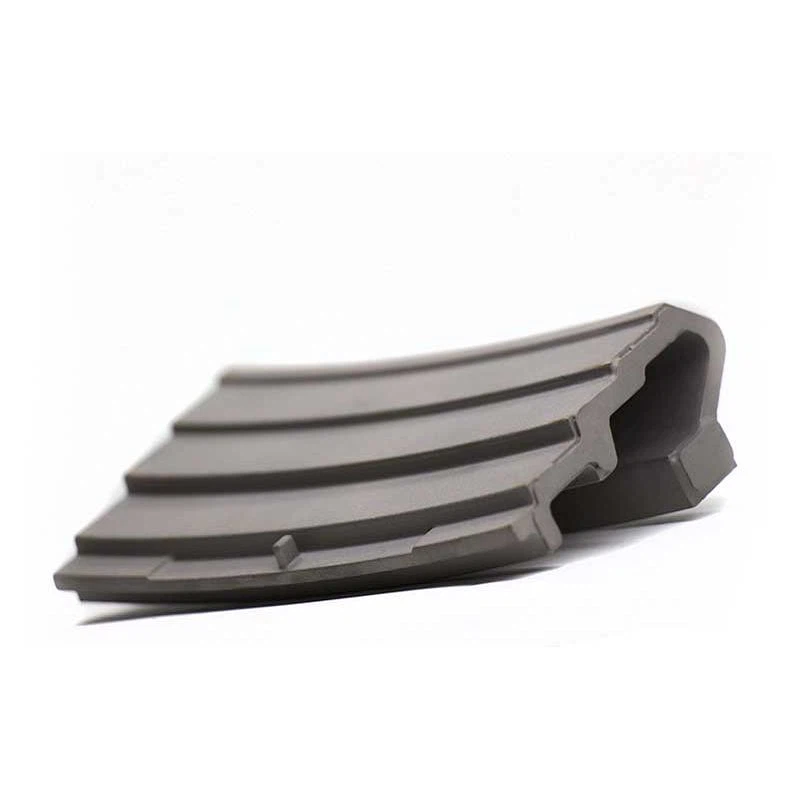

Widely used in aircraft engines and gas turbines. This design helps to improve the manufacturing accuracy of blades, reduce stress concentration, and facilitate replacement and maintenance.
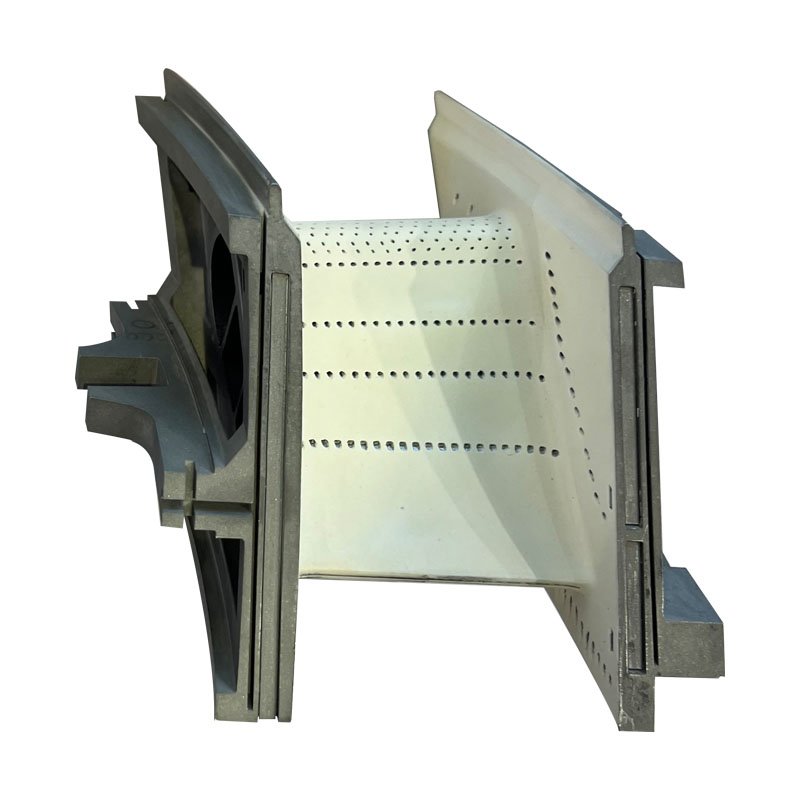

Guide vanes are used to adjust the airflow direction and improve the working efficiency of turbines. Equiaxed casting can ensure that these blades have uniform grain structure and good mechanical properties.


Engine turbine accessories also include several key components, each of which plays a vital role in the high temperature, high pressure and high speed environment of the engine.
Part numbers alone are not sufficient to ensure performance.
To guarantee precision and compatibility, please provide:
Drawings or used samples for reverse engineering.